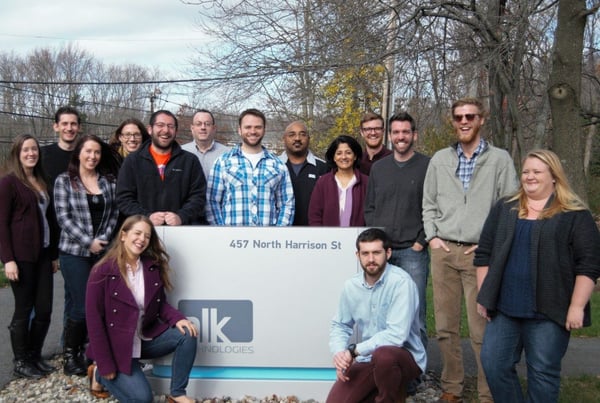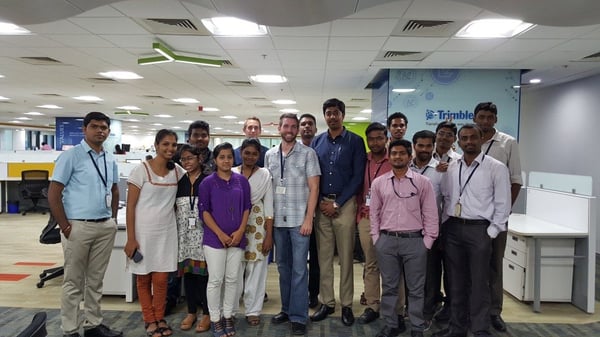As technology continues to advance, people and organizations around the world are better understanding how to utilize the power of geography. Geographic Information Systems, also known as GIS, can be applied to anything that is understood and represented spatially. Today on GIS Day, we take the time to reflect on how ALK Technologies incorporates GIS into its software and how it is used within the transportation industry.
The roots of GIS can be traced back to the creation of the first maps in ancient Greece around 2300 BC. Since then, they have brought together information and displayed it in a way that can be interpreted spatially. The world has continued to build its databases by exploring new territories and have recorded that data to be shared. The development of computers and the ability to store information digitally has changed the way we analyze and display geographic information. This shift from traditional cartography and paper maps to digital information, software, and new data collection services has allowed GIS to grow at an exponential rate.
GIS is essential to ALK because without it, we would not be able to create, maintain, and enhance the many transportation road network databases that we do. Our main goal is to assist professional truck drivers with the safest, most optimal truck specific routes that have the lowest cost, as well as being attentive to special restrictions, such as bridge heights and clearances, weight limits, and hazmat. GIS supports spatially related operations and is used to build our GPS navigation. The transportation industry has embraced GIS as an important tool in managing, planning, evaluating, and maintaining transportation systems.
All of the departments at ALK work together to create and distribute the most accurate spatial data information to enhance navigation with innovative trucking solutions using ALK’s mapping platform. We manage our data in QGIS, which is an open-source desktop GIS application. This software gives us the capability to view, edit, and analyze our data in real-time. Our dedicated Princeton GIS team is currently made up of 16 people who work on updating data around the world. We are a bright and dynamic group with a genuine interest in the GIS/GPS mapping industry. We also have newly expanded our GIS team to Chennai.
GIS surrounds us every day. So next time you find yourself making decisions, remember that most of the situations can be geographically referenced, such as looking at a map to plan where to gas up, researching cost of living in various states, or even listening to directions on your smartphone.
Written by: Michael Farrell, GIS Technician; Kamille Preto, GIS Technician; and Alyssa Wentz, GIS Technician



